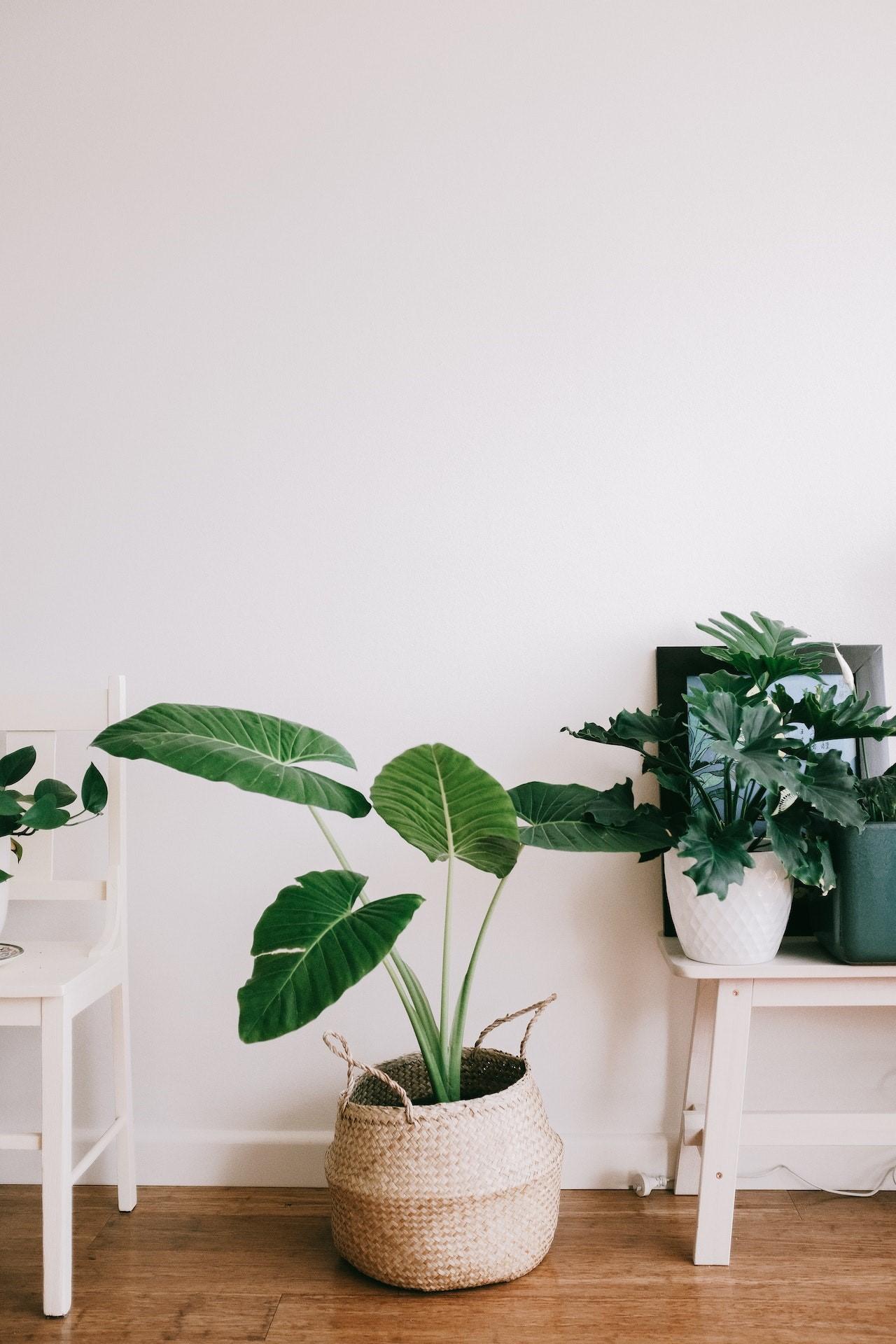

HOME CONCEPT INTERIOR DESIGN If you would like more information about advertising in Bloom Gardens Magazine Contact us at: info@bloomgardens.org
Add a little color to your home this holiday season with a beautiful Amaryllis.

3
Amaryllis Harlequin
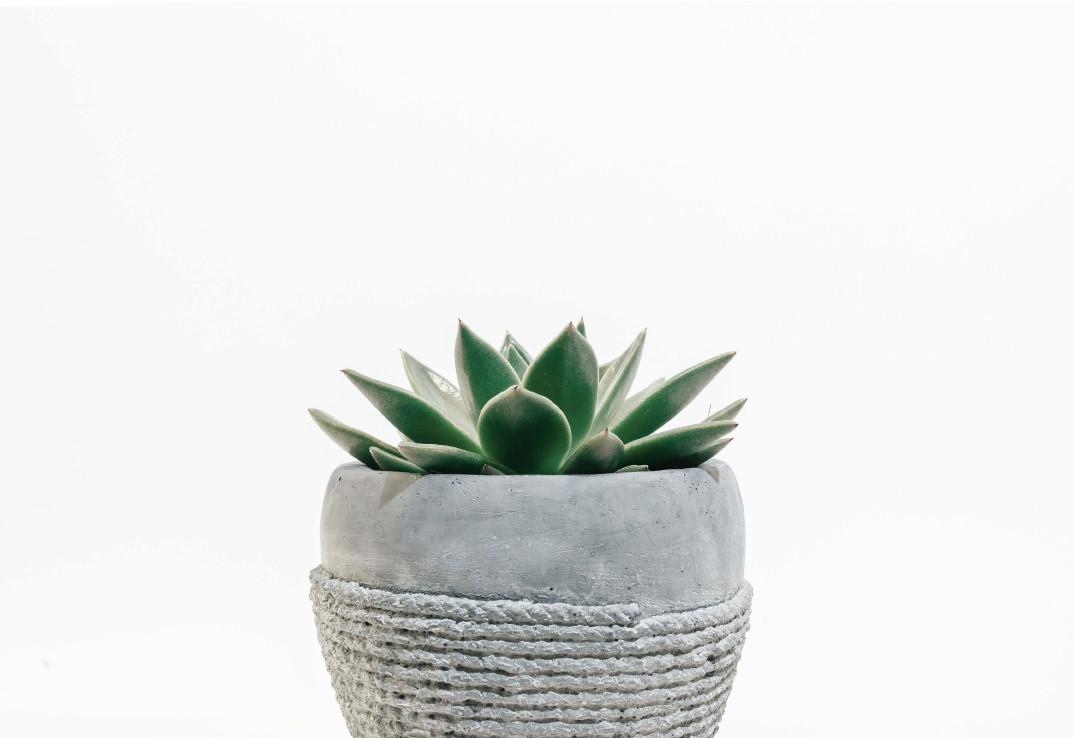
THE CONTENTS 08 Magazine Contributors 12 Co-Op Connection 16 Garden Talk 20 Localscapes 26 Harmons Flower Shop 30 Garden Explorer 34 Garden Club Highlights 38 Trees Are Good 40 Houseplants 101
In every edition of Bloom Gardens Magazine you can find a plentiful amount of information about gardening, landscape care, indoor plants and so much more. As always, we welcome feedback about our magazine. If you have any comments you'd like to add, we would love to hear them.

Happy Gardening Please email us at: info@bloomgardens.org Ramona Borkman Magazine Editor
WELCOME
Hello and welcome to the latest edition of Bloom Gardens Magazine www.bloomgardens.org

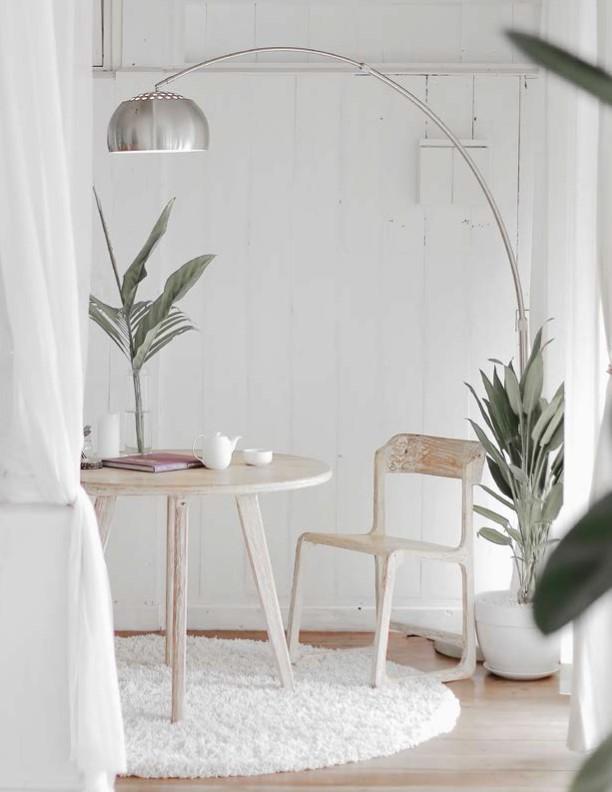
If you would like more information about advertising in Bloom Gardens Magazine Contact us at: info@bloomgardens.org
Magazine Contributors
Localscapes was developed by a team of horticulturists, landscape designers, maintenance pros, irrigation experts and members of the water industry. The goal was simple: create a landscaping approach that takes all the complex and confusing science behind landscape design and simplify it to create landscapes that thrive in Utah. The result was five basic pattern pieces that are easy to understand and apply.

Cynthia Bee works to translate the technical nature of water conservation into public-friendly messaging as the Outreach Coordinator for the Jordan Valley Water Conservancy District. She holds a Bachelor’s degree in Landscape Architecture from Utah State University. Cynthia is one of the developers of the Localscapes method and has spent the last decade teaching thousands of Utah homeowners how to create landscapes that fit, rather than fight, our challenging climate.

"Slow the Flow. Save H2O," is an education campaign designed to raise awareness, empower people, and connect Utahn’s to water-saving tools and resources. Slow the Flow is funded by the Governor's Water Conservation Team, which consists of the following partners:

Utah Division of Water Resources 1594 West North Temple, Salt Lake City, UT 84116 801-538-7230
Central Utah Water Conservancy District
1426 East 750 North Suite 400, Orem, UT 84097 801-226-7100
Jordan Valley Water Conservancy District 8215 South 1300 West, West Jordan, UT 84088 801-565-4300
Metropolitan Water District of Salt Lake & Sandy
3430 East Danish Road, Sandy, UT 84093 801-942-1391
Washington County Water Conservancy District
With more than 120 faculty located in more than 30 offices scattered throughout the state, USU Extension has never been more prepared to provide unbiased research and educational resources and programs to meet the needs of Utahns. Our most important goal is to help improve the lives of individuals and families in every corner of our great state.

533 East Waterworks Drive, St. George, UT 84770 435-673-3617
Weber Basin Water Conservancy District 2837 East Highway 193, Layton, UT 84040 801-771-1677
8
The Utah Associated Garden Clubs, Inc. are part of the National Garden Clubs, Inc., sharing its mission to provide education, resources, and networking opportunities for our members, and to promote the love of gardening, floral design, and civic and environmental responsibility. We currently have 10 member clubs in the state of Utah, with 285 individual members.
Alternative Garden Club
The Alternative Garden Club is a friendly social club for members of the LGBT community and their straight allies who are interested in gardening, landscaping, and the natural environment.
Bonsai Club
Bonsai is the ancient Japanese art of growing miniature, healthy trees in ceramic pots or trays. Bonsai is a challenging and rewarding hobby that combines a beautiful art form with a love of nature and of living things.
The Garden Club of Cottonwood
The Garden Club of Cottonwood meets in the Holladay/ Cottonwood area of the Salt Lake Valley. For more information, contact utahassociatedgardenclubs@gmail.com.
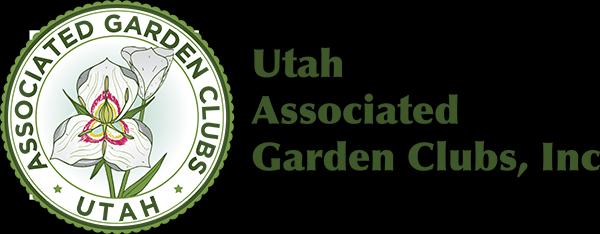
Neighborhood Garden Club
The Neighborhood Garden Club meets at noon the 2nd Monday of every month, September through June. Meetings include a catered meal and an interesting presentation on gardening and the environment.
Park City Garden Club
The Park City Garden Club was created in May 1988 with a mission that “through garden tours and wildflower walks we plan to educate our members and encourage the enjoyment of gardening.”
Utah Rose Society
The Utah Rose Society is the place to learn about all things related to the “Queen of Flowers.” Our members grow and care for over 1,500 roses in their personal gardens. We have the combined rose growing experience of over 100 years in our membership.
Utah Orchid Society
The Utah Orchid Society’s goals are to promote an appreciation of the beauty of this unique family of plants and to educate members and the public about cultivating them in the home or in the greenhouse.
Utah Iris Society
Iris, taking its name from the Greek word for "rainbow," is a genus of 260-300 species of flowering plants with showy flowers. Today’s irises with their array of colors and varieties are not your grandmother’s iris of long ago.
Utah Dahlia Society
Dahlias are a fascinatingly beautiful flower, which can be giant (over 12 inches wide) or miniature (1 inch wide). There are so many varieties and colors that it is impossible to ever get tired of these wonderful flowers.
Spade and Hope Garden Club
Spade & Hope Garden Club of Brigham City was organized on September 8, 1964. Our motto is “We Grow, We Beautify, We Conserve." Our flower is the rose, our bird is the hummingbird, and our colors are pink & white.
9
Magazine
About the author: Amanda Hammond began her floral career at a small local shop in 1998. In 2005, she joined the Harmons Floral Shop team and took advantage of ways to progress in the floral industry.
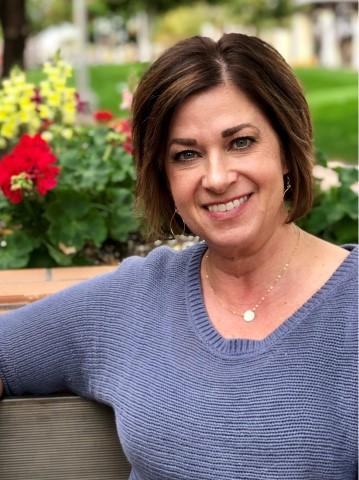

Her mentor and trainer, Alma Filipovic, sought ways to educate and sought unique ways to educate and train associates, and with her help and the support of Harmons, Hammond became one of few Certified Floral Designers in Utah, now fulfilling her role as Harmons Floral Production Manager.
Hammond has competed and placed in competitions with Utah Floral Association, including Art in Bloom and Designer of the Year.

Hammond and Harmons are working to rebuild the floral industry network in Utah along with other extremely talented floral designers and shop owners, reigniting the passion among the Utah Floral Industry.



Contributors
International Society of Arboriculture, a professional green industry organization whose mission is to promote the professional practice of arboriculture and create a worldwide awareness of the benefits of trees. ISA certifies arborists, providing the public with a source for recognizing skilled tree care professionals.

Kevin Borkman has worked in the green industry for over 40 years, beginning at the age of 12, by mowing neighbor’s lawns. He has a Bachelor of Science degree in Horticulture and a Master of Public Administration degree. Some of Kevin’s career highlights include: Grounds Manager at the Oakland, California Temple and Sports Field Supervisor at Brigham Young University. Kevin loves plants and enjoys offering free gardening advice to his family and friends.
Ramona Borkman has developed a passion for gardening as she has spent time and effort caring for her own garden. Flowers are her true love, but she also enjoys growing vegetables and fruit organically to improve she and her family’s health. Ramona desires to inspire others to grow nutritious food for better health and self-sufficiency. She has earned her Master Gardener certification and continues to educate herself as she learns through trial and error, so she can share that knowledge with others. She has also earned her Bachelor of Science degree in Education from Brigham Young University.
10

11
Cosmos
Five Tips for Indoor Gardening
By Taun Beddes, Utah State University Extension, horticulturist
Many people miss having fresh garden produce in the winter so much that they are willing to grow it indoors. This can be a little challenging, but having fresh tomatoes on a sandwich or fresh peas on a winter salad makes it worth the effort.
Growing plants in a greenhouse is an option for providing winter produce, but heating and lighting can be expensive.
A more cost-effective method is to provide additional lighting and optimal temperatures and grow plants in the home. Consider these tips.
1) Location - West or south-facing windows provide sufficient light for many crops. Another option is to use inexpensive florescent lights placed approximately 6 inches from the plants. Incandescent bulbs should not be used since the wavelengths of the light they produce are not readily used by plants. Grow lights are an option, but they do not work any better than florescent bulbs and are more expensive.
2) Temperature - A good temperature for most plants is around 70 F. Some gardeners have attempted to grow plants in an unheated garage during the winter with no success. This is not surprising since the garage acts as a natural refrigerator in the winter.
3) Soil - Potting soil works best for indoor growing and is available from many local retailers. Once plants have been growing for about a month, they often require fertilizer to keep them healthy. Mild, liquid houseplant formulations or slow-release granular products such as Osmocote™ are good choices.
Co-Op Connection
12
4) Pests and disease - Monitor plants closely for insect pests and disease. When a plant appears to be infested, isolate it from the others to prevent further spread. Heavily infested plants should be thrown away.
5) Vegetable choices - Lettuce, peas and many herbs generally do well when grown indoors. Dwarf varieties of peas or other crops are often preferred since regular varieties may grow too large for limited indoor spaces. Dwarf varieties can be found from seed companies online and sometimes from local retailers.

The USU Crop Physiology Lab has specifically researched growing crops in indoor spaces and has identified several “super dwarf” species that work well, including Early Green Pea and Microtina Tomato. These varieties and others have actually been grown aboard the International Space Station.
By: Taun Beddes, Utah State University Extension, horticulturist, 801-851-8460, taun.beddes@usu.edu

13
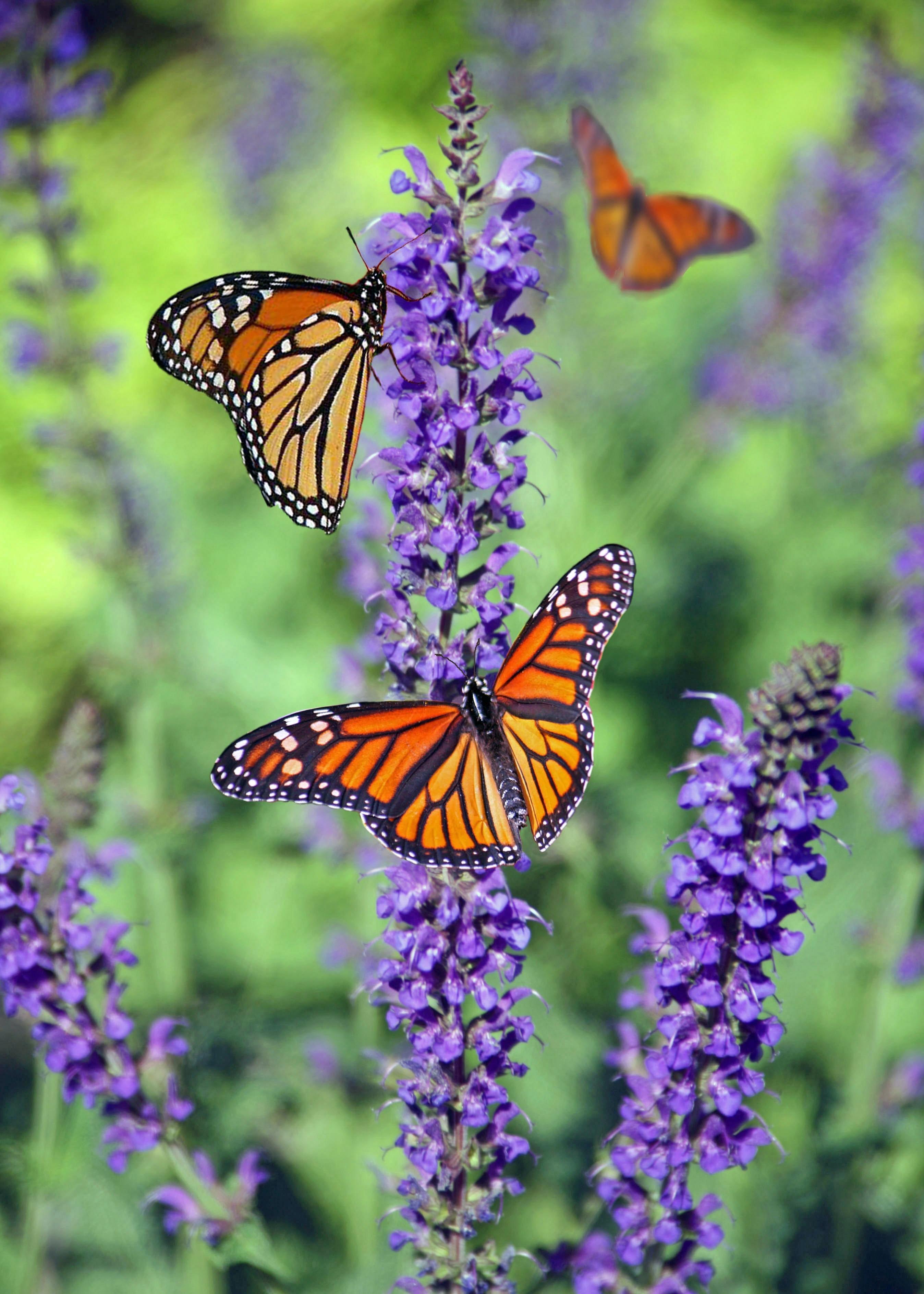
14
Dracaena trifasciata
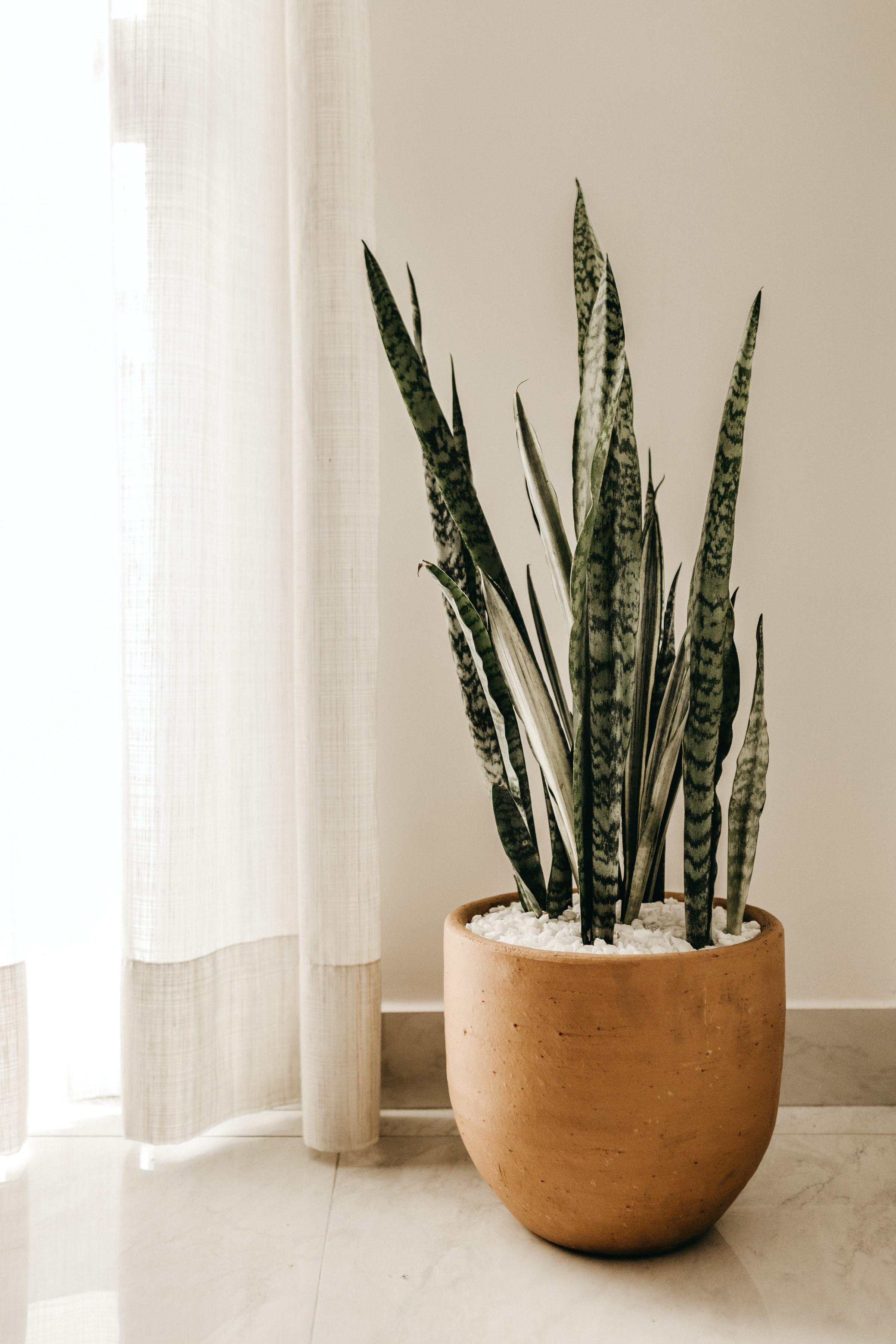
15
Snake plant is one of the most popular and hardy species of houseplants
Garden Talk

Learning by Trial and Error
By Ramona Borkman, Magazine Editor
My husband and I recently moved from northern Utah to southern Utah. This was our first year gardening in Zone 8. Since we enjoy growing organic vegetables and fruits, we knew we needed to design areas in our yard so we could provide them with more ideal growing conditions. We had our work cut out for us, considering most of our yard was rock. The soil was extremely rocky, and then the previous owners brought more rock on the lot. Because of our sandy, rocky, alkaline soil, we knew we had to address these challenges with solutions so we could have the best chance of success. One of the solutions was to build raised beds and fill with a mix of soil better suited to growing vegetables. We used a combination of compost, vermiculite, and peat moss.
Another challenge we had to address was the need for shade and humidity. Because this is an extremely hot dry climate, we learned that we need to provide shade as the temperatures rise and the humidity decreases. Desert plants love heat and low humidity, but vegetable’s needs are different. To add more stress to the vegetable garden, this summer was one of the hottest on record. The areas of the garden that had filtered light with shade cloth and mulch performed better than the areas that did not. Even though these weren ’t the ideal growing conditions for a garden, through trial and error, we are learning ways to address these obstacles.
16
Bloom Gardens



Before
17
Bloom Gardens




After

18






19
Creating Your Ideal Utah Yard
 By Cynthia Bee, Localscapes
By Cynthia Bee, Localscapes
As a state that prides itself on the beauty of our natural environment, Utahns have struggled to figure out how to translate that iconic beauty to our own home landscapes. Instead, we’ve settled for landscape designs and practices that might work in other states, but simply do not function for us here. The results have created an increasingly unsustainable drain on the very environment we proudly promote. While it’s easy to point out this inconsistency, the truth is that no one ever defined what a Utah home landscape SHOULD look like. And that gave us a place to start!
In 2015 our team of water, landscape design, horticulture, and maintenance experts based at the Jordan Valley Water Conservancy District’ s Conservation Garden Park in West Jordan, Utah began meeting with one goal to take everything we thought we knew about landscaping, question it, turn it upside down and reduce it to the lowest common denominators. The end result? Local landscapes. Or as we call it, Localscapes.
Localscapes isn’t an abstract set of principles. It’s a complete, start-to-finish design method that’s easy for anyone to understand and apply. We’ve built some of the more complex aspects of design automatically into the approach so you don’t have to be an experienced gardener to make this it work. You just follow the five steps.
Step 1: The Central Open Shape is the distinguishing feature of a Localscape that sets it apart from all other landscape styles. It’s the organizing element around which the rest of the landscape is oriented. Arranging the lawn in this way all produces a clean, crisp layout that’ s easy for sprinklers to water efficiently and requires just a quick weekend mow and edge, conserving both water and your Saturday!

20
For those who choose to forego lawn, a Central Open Shape of gravel, hardscape or groundcover provides the same design benefits while avoiding the biggest concern people expressed about waterwise landscapes that they look disorganized and unkempt.

Step 2: Gathering Areas. These are the social spaces where you’ll interact with family and friends. We usually think Gathering Areas are just for backyards, but don’t limit yourself to a traditional placement. We recommend at least three Gathering Areas, each serving a different function. Not only do Gathering Areas make the landscape more inviting, they also reduce the work and water needed to keep it that way.
Step 3: Activity Zones. These are the active spaces in the landscape that provide entertainment and exercise. Choose to fill your Activity Zone with a children’s playset, a vegetable garden, sporting areas, whatever best serves your personal interests. Activity Zones are always placed outside the lawn so they’re set up and ready to go and they just might draw the family outdoors more often.
Step 4: Paths. Paths connect the first three spaces and are made of hardscape, gravel or even mulch but they’re never made from lawn. Paths guide users through the landscape and between potential activities. Paths introduce function, create curiosity, and unify other elements of the yard.
21
Step 5: Planting Beds. These fill the gaps that remain AFTER you’ve created all the functional spaces and designing them last is exactly the opposite of how a design is traditionally created. In a Localscape, planting bed shapes are never consciously designed. They evolve around the functional elements of the landscape so they’ll create the perfect accent without disrupting the function of the design. Planting beds should always be watered with drip irrigation to reduce weed pressure and conserve water. Unlike overhead sprinklers, the flexible shapes of drip lines can be worked into any shape without losing efficiency so designing the shape of lawn instead of the shape of planting beds simply makes more sense.
The five Localscapes steps are the same statewide but the best materials and plants have been further “localized” by region. The results are beautiful, functional landscapes tailored for performance and “fit” in the unique regions they’re located.
The Localscapes class series is available online, 24-7, at no cost to residents and they teach homeowners how to apply the five-step method to achieve their ideal Utah yard. Find classes and resources at https://localscapes.com

In many parts of the state, landscape rebates are available for converting your existing landscape to a Localscape or installing a Localscape as part of a new build. Learn more at https://utahwatersavers.com
Our choices are not an either/or scenario of grassfilled blandscapes or rock-strewn “ zero ” scapes. Localscapes creates a spectrum of choices between these two extremes so we can each have the landscape that’s just right for us, while requiring just one third, or even less, of the water consumed by the typical yard. More than 10,000 Utahns have already taken Localscapes classes and have begun upgrading their landscapes will your landscape be next?
18
22

23
Advertising Space Available

Contact us at: info@bloomgardens.org


STYLE THAT HITS HOME MARLEY FURNITURES Your Ad Here If you would like more information about advertising in Bloom Gardens Magazine Contact us at: info@bloomgardens.org
Flowers for All Occasions
ByAmandaHammond,Harmons FloralProductionManagerand CertifiedFlorist

Some people may still not be aware that Harmons Neighborhood Grocer, in addition to offering the freshest and highest quality food, is also a beautiful Flower Shop. Because of its relationships with specialty growers and owning its own floral distribution center, Harmons has the perfect floral decor, no matter the reason or season. Certified florists and floral designers are at every one of Harmons’ 20 stores throughout Utah.
We are ready to apply our knowledge and keen design eye to help you arrange the perfect bouquet or tailor arrangements, tablescapes and more for large events weddings, graduation parties, funerals and other events.
Tailored to Your Taste
Harmons’ floral designers love putting together arrangements tailored to any need. They are experts and have a passion for plants and flowers. Our team of certified floral designers are highly educated on where plants come from, life expectancy, which flowers should and shouldn’t be together, and are up to date on current trends to ensure customers get only the best.
In addition, because Harmons gets its flowers directly from the growers, you can count on flowers lasting for up to two weeks.
We want to help realize your floral dreams by providing you with the flowers, tools and tips to help make that party a little extra special or an event particularly memorable.


26
Our floral designers’ approach is to work with your vision to make something artistic whether inspired by a social media post, or a loved one’s passions. We are all about making it personal and memorable. An inspiration that brides envision for their special day, children wanting to celebrate the lives of deceased parents, or a charitable organization wanting to show passion to display at a fundraiser. Each arrangement or bouquet is unique, designed and personalized for the occasion or moment.

When sending someone a gift, our floral team will ask about a favorite color, a favorite memory, any allergies, or other special considerations. We ask questions that help us design the floral gift that reflects the things that are significant to the recipient,
so it can be as individualized as possible. Tailoring the design, color or flower choice can change an arrangement’ s appearance, to achieve your desired vision.

While there are dozens of beautiful arrangements that can be purchased online or conveniently picked up in stores, our florists have the talent and passion to customize whatever you’re envisioning from an “I’m thinking about you” bouquet for a friend to a cascading flower wall for a momentous celebration.

27
Let’s Talk Tablescapes


Although decorating for parties and occasions happens all throughout the year, there’ s something special about decorating for the holidays. And as the holiday season comes quickly upon us, what better way to get in that holiday spirit than through decorations and holiday festivities? We know what a pleasure and what pressure it is to host parties, gather and have loved ones over to celebrate. Harmons’ florists are here to help.
Party planning and party throwing is a big undertaking and it’s more than just having people over. It’s a way to show off creativity, create an atmosphere and a memory. It’s the little details that make a home or location really stand out as an experience for guests. One easy and sure way to enhance the holiday party experience is with beautiful tablescapes. Encompassing beautiful design and detail, tablescapes can create a perfect table and be the hit of any party.
Decorative greenery is a staple for the holiday season. Enhancing a home with holly, poinsettias, eucalyptus and greenery brings the scents and sights of the season to life. Then, as guests gather for that home-cooked meal (or a special order dinner from Harmons), let that ambiance continue to the dining room or kitchen table.


28
Want it DIY?
DIY is competitive these days. We welcome you to come to the floral distribution center to see what is available, discuss ideas for tablescapes or arrangements to complement a party theme, and even get a tutorial from one of our certified floral experts. Impress friends with green bouquets of eucalyptus mixes, juniper, cedar, Douglas Fir, seasonal holiday flowers, plants and more. We are happy to offer suggestions and techniques to help a vision become a reality.
We want friends and family to be astounded and amazed by beautiful floral decor and the details this holiday season. And when they ask if you did this all, you’ll be able to say yes!
Whether it's a DIY tablescape or a grand arrangement designed and customized by our certified floral team, Harmons’ Flower Shop and our floral team have the flowers, accessories, knowledge and know-how to make the holiday season and every day bright.

29
A Garden Gem in Spokane WA
By Ramona Borkman, Magazine Editor
My husband and I had some airline points we needed to use before it expired in October. We didn’t want to travel too far, but we wanted to get away. We decided on Spokane Washington. Neither one of us had visited that area before, so it would be a new experience for us.
While searching the web for things to do in Spokane, we discovered Manito Park. Both my husband and I love to explore beautiful gardens wherever we travel. We penned Manito Park on our things to do while visiting Spokane. Touring the gardens was the highlight of our trip.

Garden
Explorer
30
Manito Park was officially established in April 1904 and has evolved from an undeveloped recreational area with a few flower beds, picnic spots, and a zoo to one of Spokane's primary showplaces. Comprised of five major garden areas (the Nishinomiya Tsutakawa Japanese Garden, Duncan Garden, Rose Hill, Lilac Garden and Ferris Perennial Garden), Manito Park is nationally recognized for its diverse horticultural displays.
The Parks and Recreation Department maintains Manito Park's
78 acres of native and cultivated landscape and 20 acres of world class botanical gardens. Other Manito Park features include: Mirror Pond, a favourite of those who enjoy watching ducks and other water fowl; the Park Bench Café, open in season for light meals; Loop Drive and Bridge, offering majestic views of the Rose Garden; Upper and Lower Playgrounds – a favourite gathering spot of children; and the large basalt rock office building constructed in 1912. Central to the Park is the Gaiser Conservatory, where beautiful flowing displays change seasonally.
Resource: https://my.spokanecity.org/parks/major/manito/

31
Manito Park





32
Garden Explorer






33
Garden Club Highlights
Utah Rose Society


The Utah Rose Society met at the Murray Park Rose Garden on March 24 to prune the roses as a service project. It was a great turnout, so we were able to finish pruning most of the roses. In addition, we had two great demonstrations: digging and moving an established rose bush by Craig England and rose pruning by Cheryl Underwood. Both Craig and Cheryl are horticulturists in the Rose Garden at Red Butte Garden.
Craig showed how to prune back the rose before moving it to facilitate digging and transplanting. It’s important to maintain a decent size root ball to help with reestablishment. If you know a few months ahead that you’ll be digging up a rose bush, you can do root-pruning, which involves using a spade to cut around the edges of the desired size of root ball, then leaving the rose in the ground until it’s ready to move. Root-pruning stimulates new root growth so that the rose has an even better root ball when it is finally transplanted.
Cheryl demonstrated how to correctly prune a hybrid tea rose. She showed how to reduce the number and height of the canes, removing any crossing or dead canes to open up the center. These same techniques can be used to prune any other type of rose, such as floribunda and shrub roses. The final structure will be a simplified version of the natural form of the rose bush.
 Figure 1 Craig transplanting a rose bush
Figure 1 Craig transplanting a rose bush
34
Figure 4 Murray Park Rose Garden in September
We had a beautiful rose show at the Sugar House Garden Center on June 4 despite the anxiety about whether we would have enough roses to even have a show. We must set the date for the show a year in advance so we just guess what the weather will be like by then. Many rose society members were rightly disappointed that their roses were behind schedule due to the ups and downs of heat and freezing and were not able to enter as much as they would have liked. Despite the weather challenges, though, we had a great show.
Our wonderful judges, who traveled all the way from Denver, were impressed by the quality of the roses and remarked that this was an exceptional show.
In addition to entering the Rose Show, many rose society members contributed by setting up, helping new exhibitors prepare and classify their entries, clerking for the judges, and cleaning up.



We were excited about the number of firsttime entries and hope that even more will enter next year as Novices. There were also many wonderful entries in the rose arrangement and photography categories.

The Rocky Mountain District Convention and Rose Show will be hosted by the Utah Rose Society on June 10, 2023, in Salt Lake City. This is an honor that we have every four years so you can put that date on your 2023 calendars.

 Figure 2 Cheryl pruning a hybrid tea rose
Figure 3 Pruning completed
Figure 5 A September rose
Figure 6 Novice rose entries
Figure 2 Cheryl pruning a hybrid tea rose
Figure 3 Pruning completed
Figure 5 A September rose
Figure 6 Novice rose entries
35
Figure 7 Royalty Award Rosette"Welcome" by Elise Hutchings
Know What’s Below Before You Dig!
Blue Stakes of Utah 811 is issuing a safety reminder to Utah Residence. “Call 811 Before You DIG” this not only applies to the professional contractor but to all homeowners.


Anyone who wants to put a shovel, or any other kind of digging equipment in the ground is required by law to Call 811 or contact bluestakes.org to “Submit a Ticket” to have the underground utility lines located and marked with paint and/or flags. This is for everyone ’s safety. It’s a FREE service and remember, It’s the LAW! Protecting the underground facilities that we all rely on every day is a shared responsibility.
Please do your part and remember to contact Blue Stakes at least two full business days before beginning your digging project. Check out our website for more information https://www.bluestakes.org and to download our APP and Excavators’ Guidebook. Check out our 811 Process Video which will answer many additional questions.
https://youtu.be/H5aWzr_1jH4


 Figure 8 Best of Show - 'Doris Day' by Elise Hutchings
Figure 9 Best of Novice - 'Tess of the d'Urbervilles' by Geoff Ellis
Figure 10 Best of Photography - 'Princess Alexandria of Kent' by Cindy Crookston
Photo credit: All photos by Crystal Kim, except photos 4 and 5 by Cindy Crookston Visit us at: www.utahrose.org
Figure 8 Best of Show - 'Doris Day' by Elise Hutchings
Figure 9 Best of Novice - 'Tess of the d'Urbervilles' by Geoff Ellis
Figure 10 Best of Photography - 'Princess Alexandria of Kent' by Cindy Crookston
Photo credit: All photos by Crystal Kim, except photos 4 and 5 by Cindy Crookston Visit us at: www.utahrose.org
36
Crocus Bulbs

37
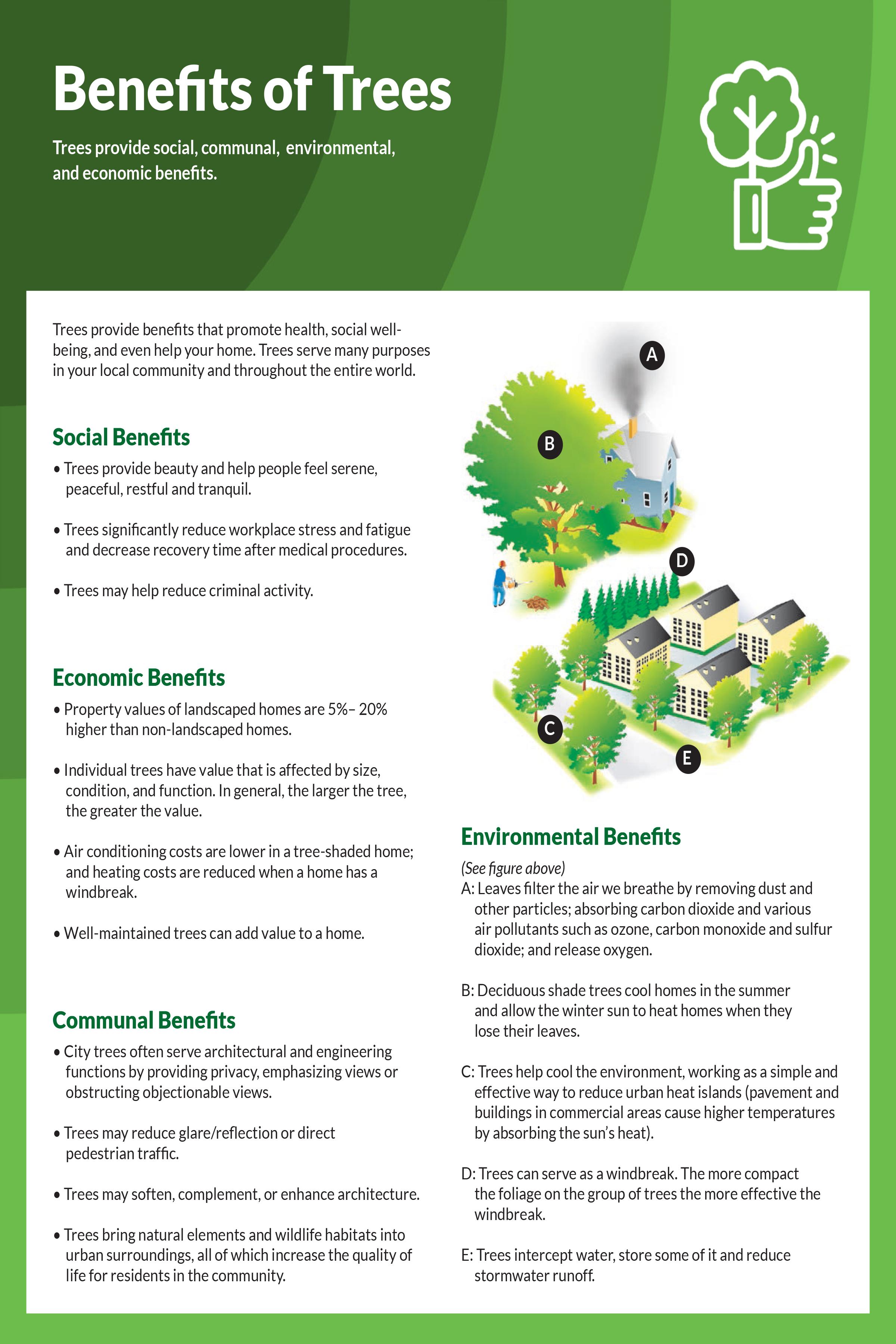

House Plants 101
A Fun & Easy Plant to Grow
By Kevin Borkman, Horticulturist
A new plant joined our family a few months ago. It’s a ZZ Plant (Zamioculcas zamiifolia), which is a fairly common houseplant that thrives in low-high light conditions, except that this one is a bit more unique because this one has blackish/purplish/ dark green leaves. It is called Raven ZZ. It’s one of the most desirable plants around and ultra-trendy, featuring lime-green new growth that matures to a stunning purple black color!
Black plants like this are super hot with houseplants enthusiasts. I found this one at a local nursery. When you bring it home, give the leaves a good rinse, especially the back of the leaves since that is where many pests like to hang out and cause problems.
GROWING ZZ PLANT
Light:
ZZ plants do best in bright to moderate, indirect light, but will do fine in extremely low levels of light. This plant makes an ideal plant for a window -less office or bathroom where it will only receive small amounts of fluorescent light.
Temperature:
Indoors, grow at average room temperatures of 60 to 75 degrees F.
Humidity:
Most household humidity levels are fine, but avoid placing your plant near air conditioning and heating vents, which could dry out the air and cause browning of the leaves.
Soil:
Use a potting mix that drains well and includes perlite.
Watering:
One way you can kill a ZZ plant is by overwatering. During the active growing season (spring through early fall), only water every two weeks or when the top inch or two of soil feels dry. Water less frequently during the winter months or if growing your plant under low-light conditions.
Fertilizing:
ZZ plants can store nutrients in their roots, so they don’t need frequent fertilization. Feed every month or so during spring and summer using an all-purpose houseplant fertilizer diluted to half the recommended rate. Do not fertilize in winter.
Toxicity:
All parts of the plant are toxic if consumed. Keep out of reach of children and pets. Also wear gloves when handling to avoid skin irritation.
40

41
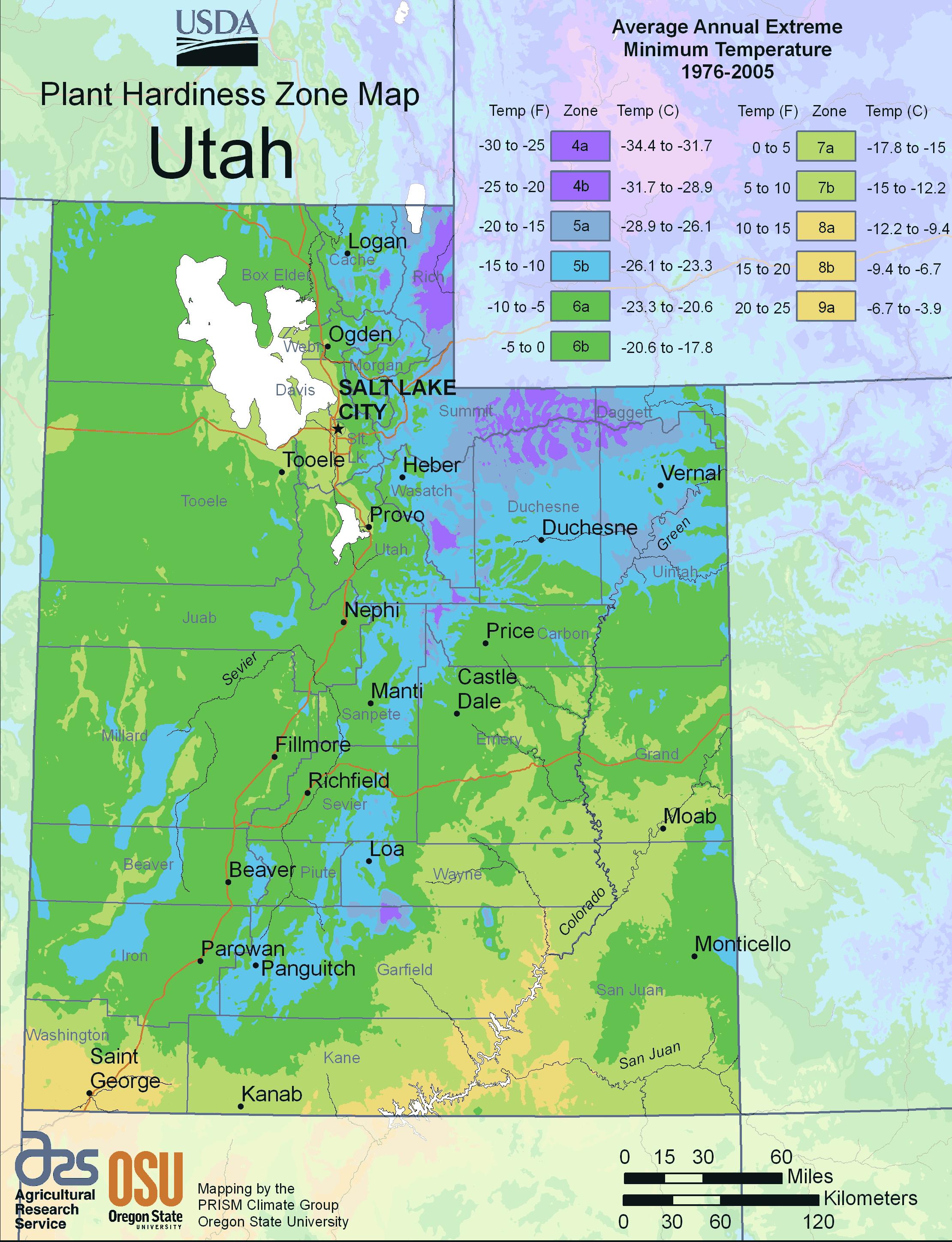
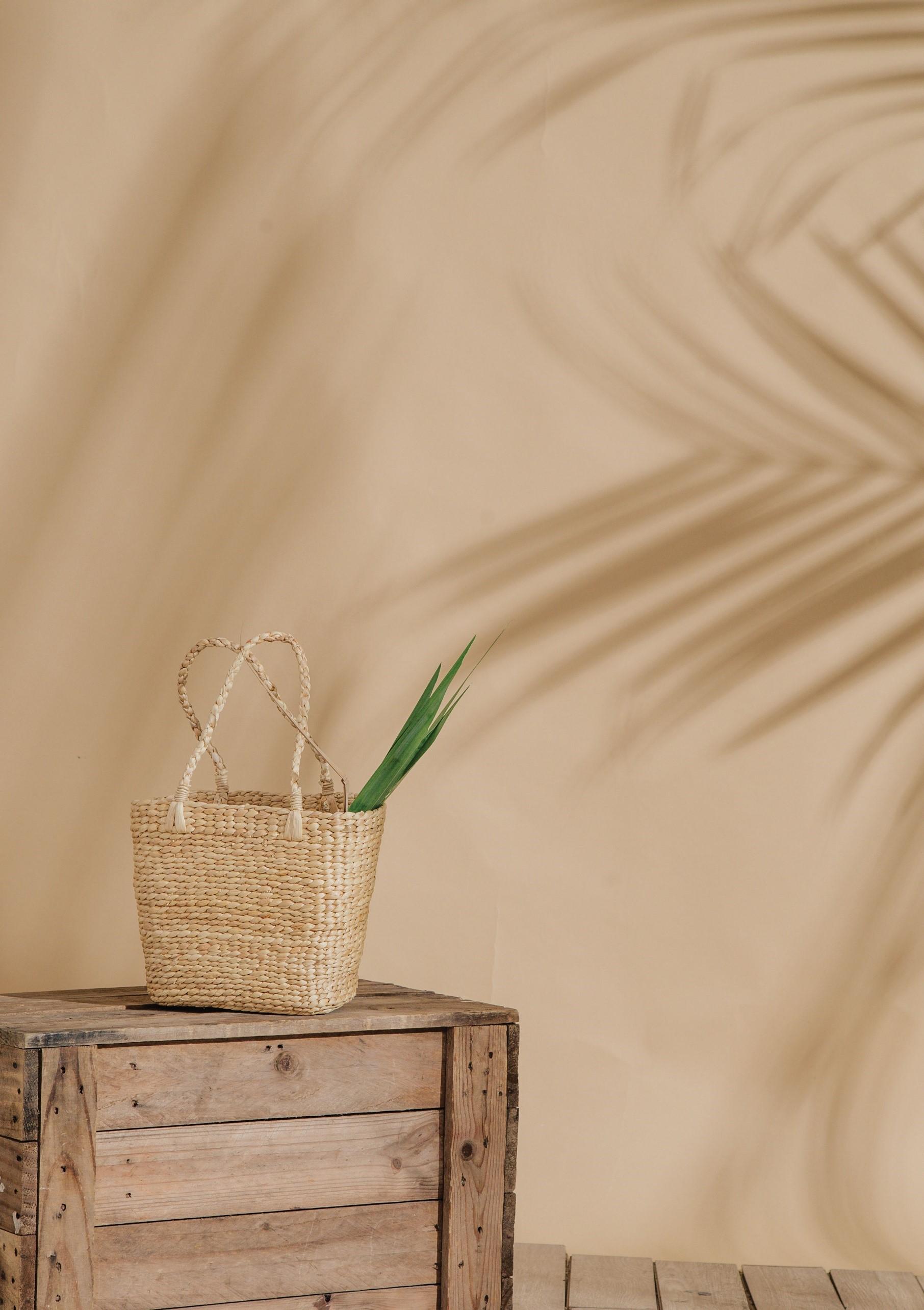
Your Ad Here THE WELLNESS STORE If you would like more information about advertising in Bloom Gardens Magazine Contact us at: info@bloomgardens.org Advertising Space Available
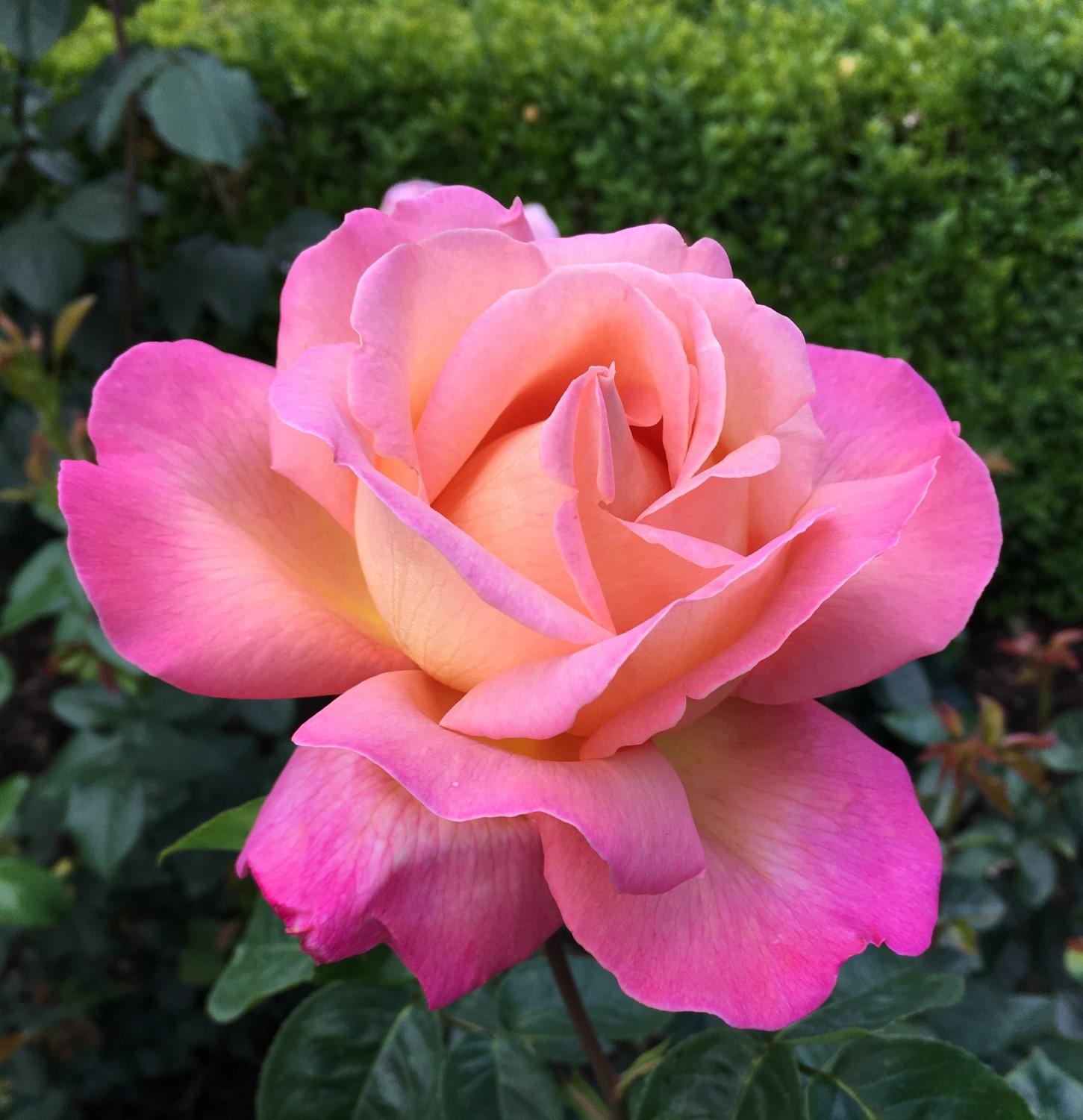



Bloom Gardens, LLC Contact Us at: www.bloomgardens.org info@bloomgardens.org Copyright © 2022 Bloom Gardens, LLC Next issue featuring The American Rose Center Free Subscription Sign-Up






































 By Cynthia Bee, Localscapes
By Cynthia Bee, Localscapes




























 Figure 1 Craig transplanting a rose bush
Figure 1 Craig transplanting a rose bush





 Figure 2 Cheryl pruning a hybrid tea rose
Figure 3 Pruning completed
Figure 5 A September rose
Figure 6 Novice rose entries
Figure 2 Cheryl pruning a hybrid tea rose
Figure 3 Pruning completed
Figure 5 A September rose
Figure 6 Novice rose entries



 Figure 8 Best of Show - 'Doris Day' by Elise Hutchings
Figure 9 Best of Novice - 'Tess of the d'Urbervilles' by Geoff Ellis
Figure 10 Best of Photography - 'Princess Alexandria of Kent' by Cindy Crookston
Photo credit: All photos by Crystal Kim, except photos 4 and 5 by Cindy Crookston Visit us at: www.utahrose.org
Figure 8 Best of Show - 'Doris Day' by Elise Hutchings
Figure 9 Best of Novice - 'Tess of the d'Urbervilles' by Geoff Ellis
Figure 10 Best of Photography - 'Princess Alexandria of Kent' by Cindy Crookston
Photo credit: All photos by Crystal Kim, except photos 4 and 5 by Cindy Crookston Visit us at: www.utahrose.org















